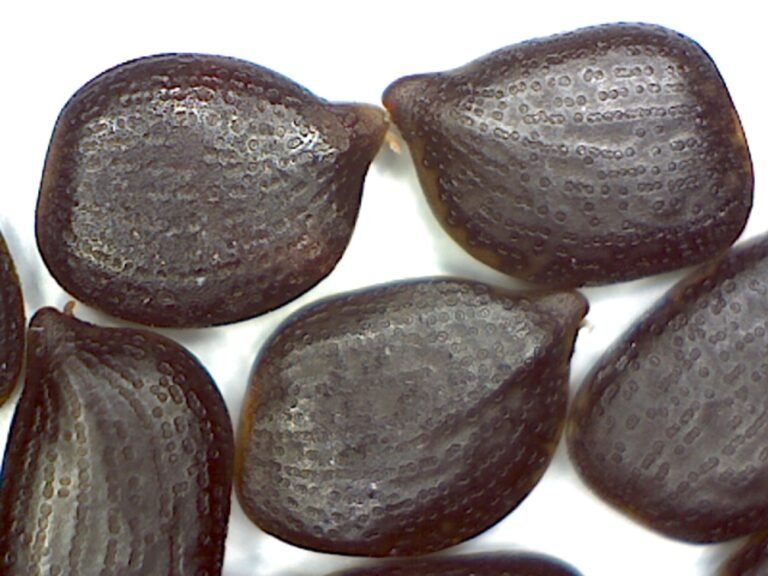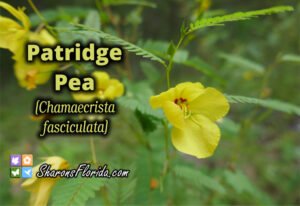
Chamaecrista fasciculata
(Patridge Pea)
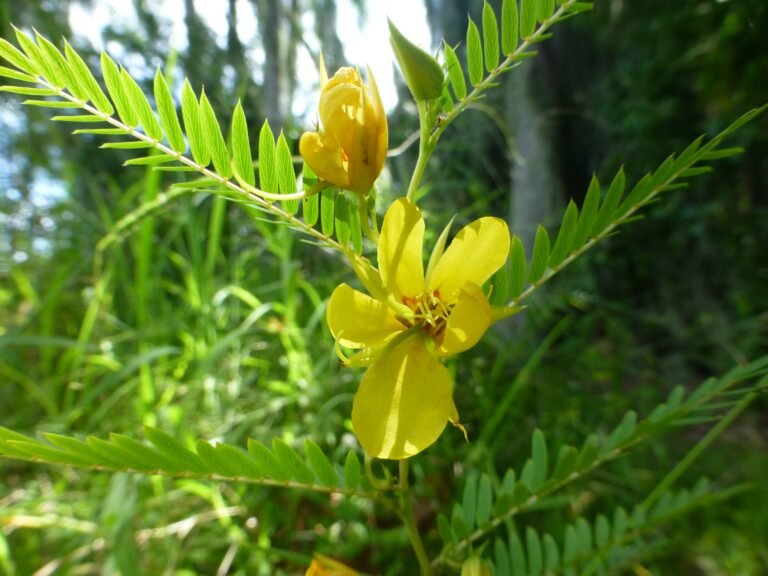
Common Names, Latin Name, and Family
Some of its common names include partridge pea, sleeping plant, and sensitive plant.
The Latin name is Chamaecrista fasciculata.
Its synonyms include Chamaecrista deeringiana, Chamaecrista brachiata, and Cassia chamaecrista.
It is found in the Fabaceae, or pea, family of plants.
Form
Partridge pea is an annual wildflower that grows to a height of about three feet.
Leaves
Partridge pea leaves are alternate and compound.
The leaflets are tiny, linear, and tipped with a spine.
There are small, saucer shaped, glands that occur in the middle of the leaf petiole.
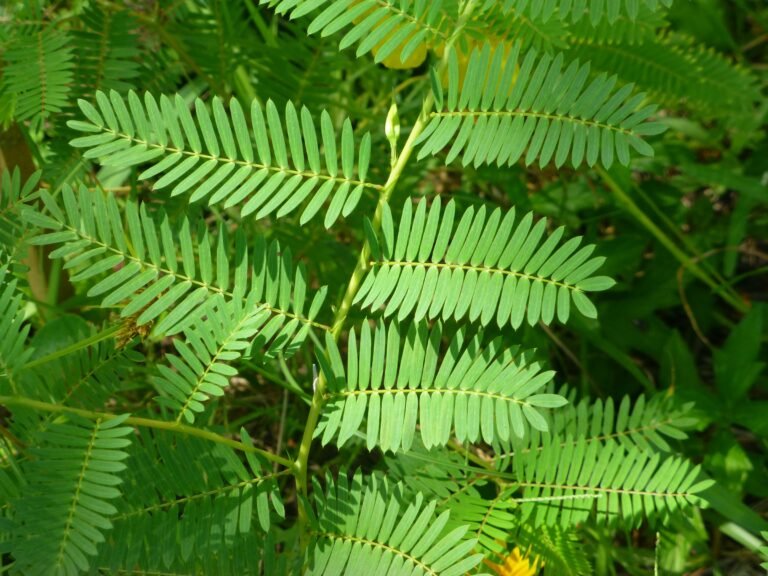
Flowers
The bright yellow flowers appear from summer to early winter.
The yellow flowers have small splashes of bright red at the base of some petals in the centers.
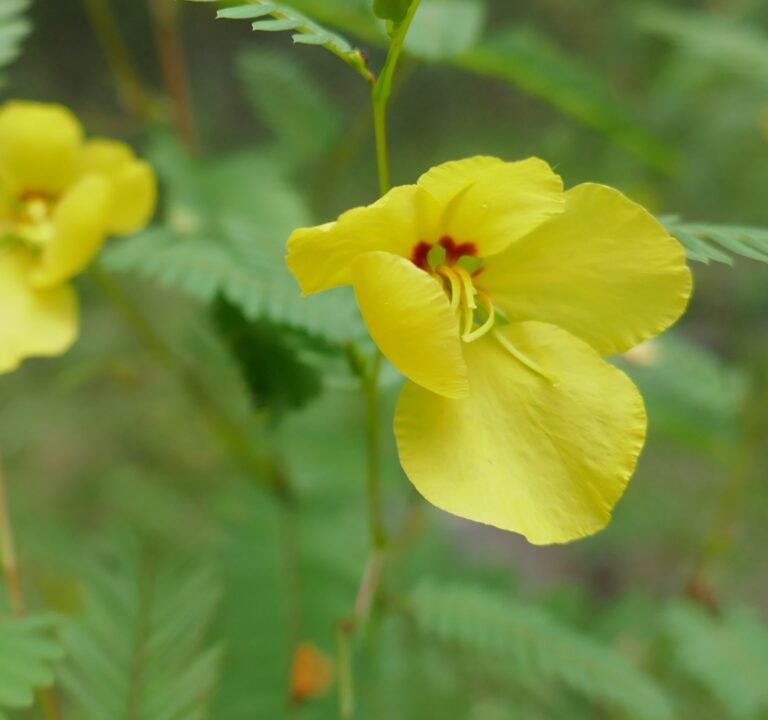
Fruit / Seeds
Partridge pea forms pea pods that are narrow, and flat, and can be up to 2 3/4” in length.
They are green and turn dark brown when ripe.
When they become completely ripe they separate at the seam (suture) and the seeds spring out with some force allowing them to spread rather far from the parent plant.
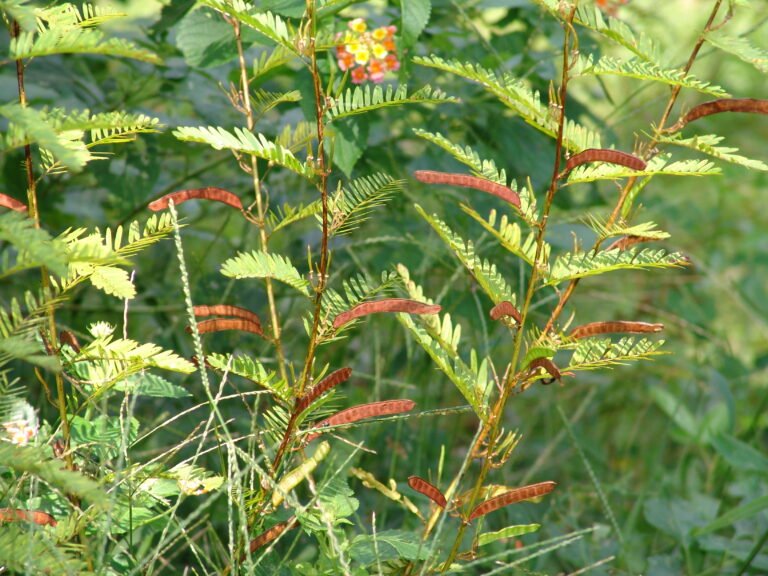
Habitat
It occurs naturally in pinelands, open forests, meadows, pastures, and disturbed sites.
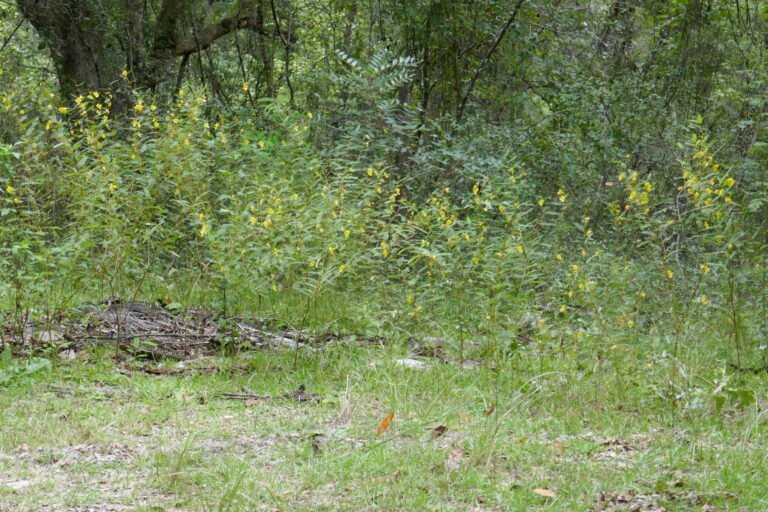
Native Range
It is found throughout Florida with the exception of Baker, Monroe Keys, and Union county.
It is found in the following states: AL, AR, CT, DC, DE, FL, GA, IA, IL, IN, KS, KY, LA, MA, MD, MI, MN, MO, MS, NC, NE, NJ, NM, NY, OH, OK, PA, RI, SC, SD, TN, TX, VA, WI, and WV.
Landscape Use
Partridge pea can be grown just about anywhere in your green space. If you self-sow the seeds it will germinate and produce plants that will grow in a sparse lawn. It grows well along the edges of tree lines, in containers, and mixed in with other wildflowers. It is very versatile because it will do well in part shade to full sun with just about any soil type.
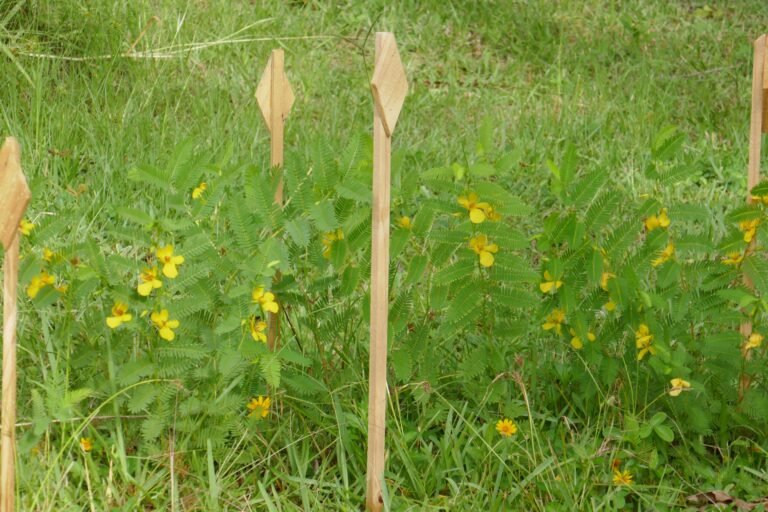
Wildlife Use
Partridge pea is a larval host plant to quite a few of our butterflies so is a great addition to a Florida butterfly garden.
The butterflies that use it include the ceraunus blue, cloudless sulphur, little yellow, sleepy orange, gray hairstreak, and the Io moth
Bumblebees love the flowers. It is used by some butterflies, but since the flowers hang down it can be difficult for a butterfly to access the nectar because it creates an awkward landing platform and butterflies prefer to nectar upright rather than hanging upside down.
The seeds are a favorite of the northern bobwhite quail and many of our songbirds.
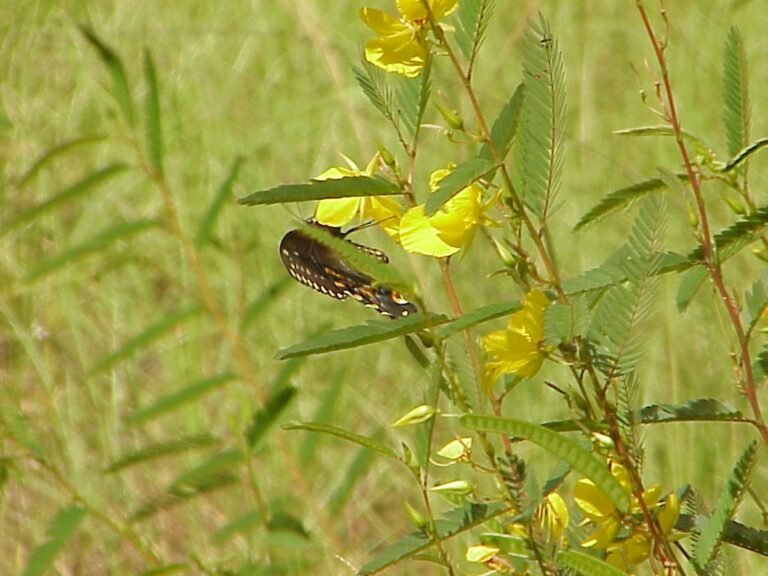
Propagation
It is an annual so it needs to be started from seed.
It can be transplanted, but (as with most annuals) the survival rate is low. If you can find very small specimens and get most of the dirt along with the roots it will increase your chance of it surviving.
Direct sowing works best because it excludes the possibility of diseases and damaging the fragile roots when removing them from pots.
I sell Florida ecotype partridge pea seeds at my Ebaystore at the link below –
Partridge Pea Seeds (Chamaecrista fasciculata) ✤ Organic 40 Seeds
